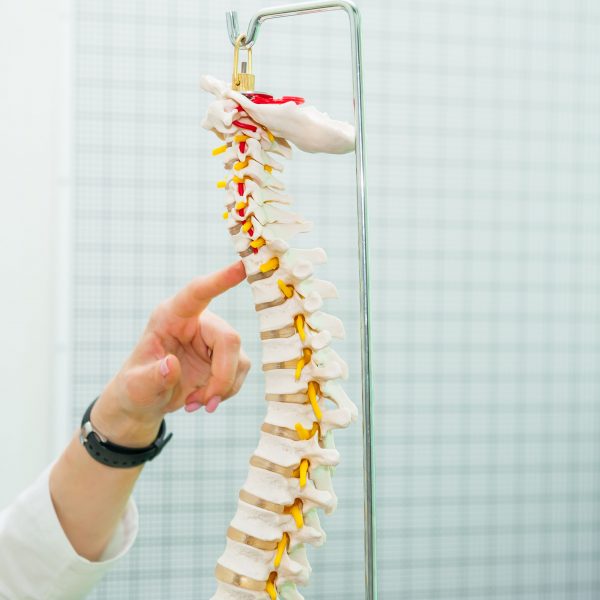People use technology to make their lives easier. Nowadays, experts are pushing their boundaries by applying robotics in the field of medicine. Hospitals are now using robots to assist with delicate procedures to reduce the patient’s healing time.
Experts understand how technology can change even our fast-paced world. Many want to feel better faster so they can go back to their normal lives. That’s why a growing number of hospitals have invested in robotics to provide better service.
How technology is becoming a part of the medical field
It’s understandable for patients to feel hesitant when it comes to robotic surgery. After all, it can be unsettling to imagine that the surgeon is in a completely different room while the robot performs the surgery. That’s why medical institutions often educate their patients before the treatment. Medical practitioners use a specialized console to perform the procedure. They manipulate the tiny surgical instruments so they can perform small incisions. The team of experts uses a three-dimensional image that’s magnified to help them see areas that they usually wouldn’t see up close. Also, advanced robotics help translates their hands’ movements into gestures. It ensures that they can perform the procedure correctly.
A robot-operated procedure results in a shorter time spent in urgent care whether you’re in Lehi or Salt Lake City. Using the robot-assisted approach makes sure that surgeons only need to make small incisions for the procedure. Since there’s less trauma in the surgical site, patients will also experience less bleeding, which results in a shorter recovery time. Robotic-assisted surgery is less invasive compared to traditional operations. It lets the surgeon perform complex procedures with more precise movements, too. The process allows the patient to go back to their normal activities immediately. It can improve the patients’ lives by making it much easier for them to recover faster.
Although it offers a shorter recovery time, it’s still best to take care of the incision as it heals. To help you speed up your recovery, here are a few aftercare procedures that you need to follow.
Observe the incision

Ask your doctor how long you need to keep the incision dry. Follow your doctor’s advice throughout your recovery period. Also, look at the area every day and check for any signs of infection. Call your doctor if you notice any signs of green or yellow discharge or if there’s any odor in the treated area.
Change the dressing
Change the dressing based on your doctor’s advice. But before you do, make sure you have a gauze pad, surgical tape, scissors, and a plastic bag. You also need to have a box of medical gloves with you to make sure it won’t get infected.
Sterilize the incision
Wash it with soap and water to remove the blood clots. Make sure you don’t soak or scrub the wound to avoid interrupting the healing process. Always protect the incisions with small adhesive strips. Doing so promotes better healing and faster recovery time.
Ask your doctor’s advice if you don’t see any improvement in the treated area.






